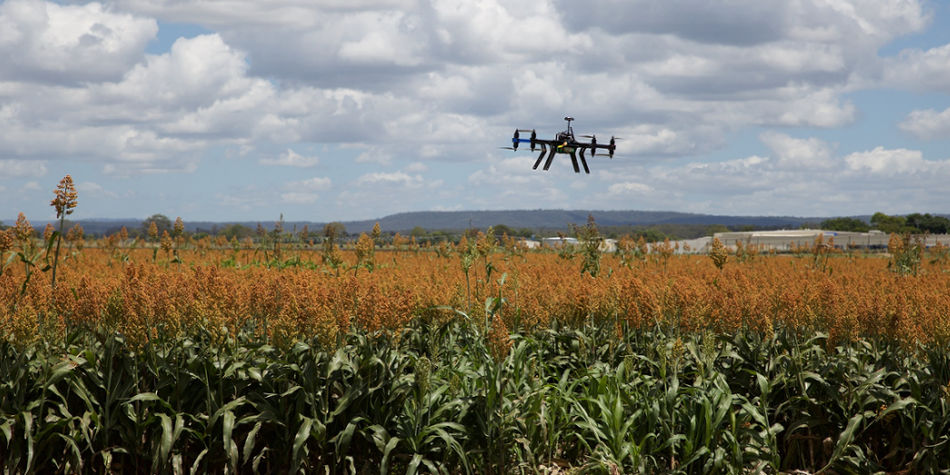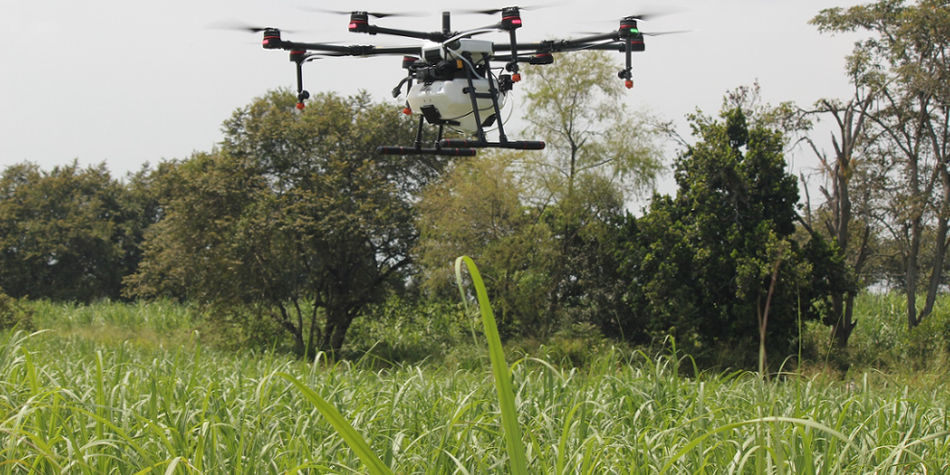Agricultural drones and the impact they have on farming
Agricultural drones are used to monitor crop growth and to boost the productivity of farms. Innovative technology enables drones to gather information that can be used to enhance the efficiency of farming. Farmers can find a range of useful equipment for sale on AgriMag.

Photo Source – www.pixabay.com
What are agricultural drones?
Drones are unmanned aerial vehicles that have been used in commercial industries since the 1980s. Rapid advancements in technology have resulted in an increased use of this equipment. Investments in the development of drones have improved their capabilities significantly. As the global population grows, there is an increased pressure for the farming industry to produce more food. The increase in extreme weather events has placed additional pressure on farmers. In order to meet the demands that are being placed on the agricultural industry, farmers have to make use of the latest technology.

Photo Source – www.pixabay.com
How do they help farmers?
Agricultural drones have a diverse range of uses for farmers and advanced technology makes it possible for drones to play a role in increased crop yields. They are also used to monitor crop growth. Cutting-edge features enable drones to provide farmers with an in-depth understanding of their fields. Drones are equipped with cutting-edge sensors as well as digital imaging features, and by using this equipment, it’s possible for them to pick up on irrigation issues and pest or fungal infestations. They are then able to address any problems quickly and efficiently. When it comes to irrigation, agricultural drones can identify which areas of the field are dry or need the irrigation to be adjusted.
Innovative multispectral images reveal unhealthy crops which help to make visible issues that may not be immediately apparent. Farmers can program their drones to fly over their fields and gather information regularly. Flights can be scheduled to take place hourly, daily or weekly depending on the unique requirements of the farm. Agricultural drones can be used to review the soil and field conditions as well. This feature is particularly useful when new crops are being planted. The drones provide a map of the soil analysis, which can be used to determine seed planting patterns. Once the seeds have been distributed, the drones provide information that is useful for nitrogen-level management. This equipment increases the accuracy and efficiency of crop spraying, which reduces expenses.

Photo Source – www.pixabay.com
How to choose an agricultural drone
When you’re buying agricultural drones, it’s important to take the flight time of each model into account. Another important consideration is the durability of their design. Extended flight times are required to monitor and collect information from big fields. Recreational drones typically have flight times that range from 10 to 15 minutes, which is not suitable for farming applications. When used for agricultural purposes, drones are exposed to challenging conditions as well as to dirt and dust. Robust drones are designed to meet the needs of farmers.

Photo Source – www.pixabay.com
Now that you know more about the benefits of agricultural drones, you can consider incorporating this innovative technology into your farming operations. With a wide range of models to choose from, it’s easy for farmers to find a variation that matches their requirements precisely.






